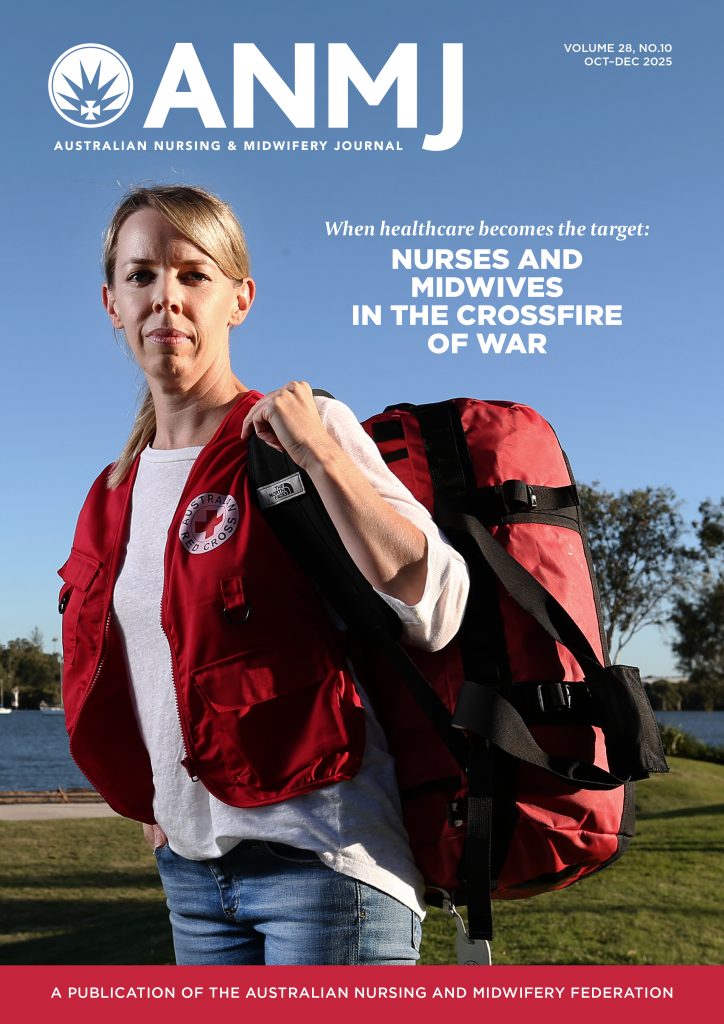A creative form of activism uses craft to explore gender-based violence issues and advocate for reform.
In recent years, the use of DIY craft has become a contemporary movement known as craftivism. Through expressive works like public quilting and yarn bombing, craftivists use textiles like knitting, sewing and embroidery to express social, environmental and political concerns.
Such as dozens of trees and benches covered in colourful, intricate knitted and crocheted yard designs that make a powerful visual statement against gender-based and family violence (pictured).
One of craftivism’s greatest strengths is its capacity to advocate for change, University of NSW (UNSW) Law & Justice, criminologist and lecturer Associate Professor Alyce McGovern said.
Crafts, especially textile-based practices, are often viewed as safe, non-confrontational and inoffensive in contrast to other political art forms.
“Craftivism is considered a slow and caring mode of resistance. It’s a gentle protest form, but it can be powerful in soliciting interactions and responses, Associate Professor McGovern said.
“Craftivists can be found using their critical and creative skills to bring attention to or directly address social justice issues. They’re able to solicit widespread public participation in projects that speak to incredibly sensitive matters with dignity and reverence.”
Associate Professor McGovern is currently researching how craftivists worldwide are addressing criminal and social justice concerns, in particular, issues of gender-based violence. This includes family and domestic violence, violence directed at the LGBTQIA+ community, and broader issues of safety, freedom and human rights.
“We are discovering how powerful a tool craft can be for healing and advocacy. We think it has a lot of potential as a methodology to engage with and support victim-survivors and their communities more broadly,” she said.
Many people have personal and emotional connections with textile craft practices. Practitioners often base their craft on lived experience and work directly in and with communities impacted by gendered violence. More are also collaborating online and sharing their works on social media with a network of like-minded makers.
Artist and craftivism researcher at UNSW Law & Justice, Dr Tal Fitzpatrick, said for some people it can be a way to grieve and process their own traumas.
“Some also use it as a means of protest to help mobilise people and call for tangible outcomes like policy reform,” Dr Fitzpatrick said.
The works themselves can be varied and unique. Hundreds of colourful ribbons tied to the Loud Fence in Ballarat symbolised solidarity with the victims of child sexual abuse. Another, the Monument Quilt, is a crowd-sourced collection of over 3,000 stories stitched together by survivors of rape and abuse to create a public space to heal.
“The works are an acknowledgement and record of the experiences of the victims. But they also invite us to envisage a community without sexual violence,” Dr Fitzpatrick said.
“We believe the efforts of these practitioners should be acknowledged more and their calls for social change more carefully considered, which is what we plan to highlight through our research alongside this important community.”








